How to Spot if You Have a Gallbladder Problem: Signs and Symptoms
7 minute read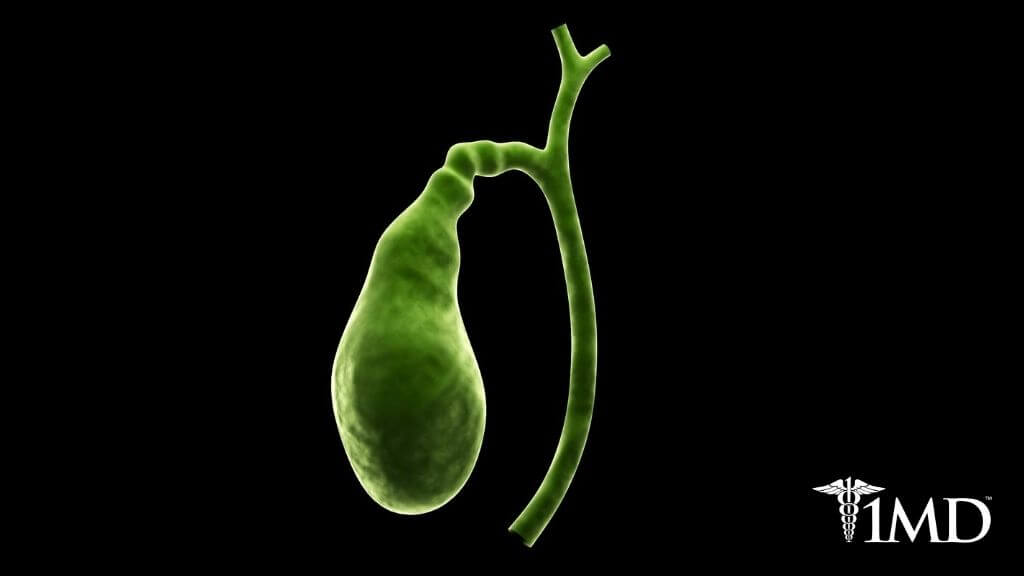
Gallbladder problems can be difficult to identify. If the pain is in the upper right or upper center abdominal area, then there’s a chance it could be related to your gallbladder.
But to better understand what that pain could be, it helps to look at what the gallbladder is and what its function is.
What Is Your Gallbladder and What Does It Do?
Your gallbladder is a small organ that is part of your digestive system. It rests under the liver, and its main purpose is to store bile and release it when needed. When it’s stored, bile is referred to as gall, which is how the gallbladder gets its name.
The gallbladder is connected to the liver and the pancreas through ducts. The main duct out of the gallbladder is called the cystic duct and immediately preceding that is an area referred to as Hartmann’s Pouch. If it’s gallstones that are the problem, this connection is generally where they get stuck and cause problems.
The main purpose of the gallbladder is to help the body digest fats. Fat is harder to break down and use as energy than most substances you consume. The bile (gall) stored in the gallbladder aids in fat digestion and makes it available for energy.
If you have too many issues with your gallbladder, a surgery to remove it might be required, a cholecystectomy. This is a fairly common procedure at this point and doesn’t create many lifestyle changes in people who have had their gallbladder removed.
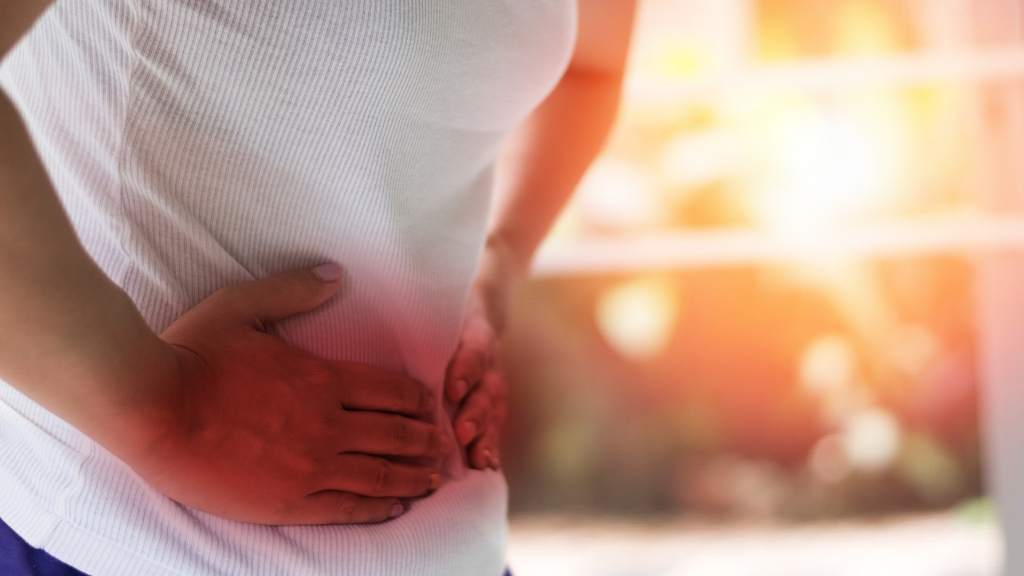
The main change people for who have had their gallbladder removed is related to diet, as you no longer have that aid when consuming fats. The Mayo Clinic suggests a gallbladder diet that limits fats, increases soluble fiber and features smaller, more-frequent meals. Your doctor will have more information and will help you find a diet that is tailored to your body and personal requirements.
Possible Gallbladder Problems
Gallstones are one problem that is pretty common, and you hear about them more than other gallbladder issues, but they’re not the only problem you may run into.
Gallstones (Cholelithiasis)
This is the most common condition that afflicts the gallbladder. Gallstones form from substances that are in bile, including cholesterol and a pigment called bilirubin.
The stones form slowly, over time and many people have them and never know because they don’t have symptoms. For others, the pain is so severe it turns into biliary colic.
Biliary Colic
This is the term used to describe the pain caused by gallstones. When you have trapped gallstones, the body responds by causing the gallbladder to contract to try to expel it. This can cause severe pain that comes in waves or it can be constant.
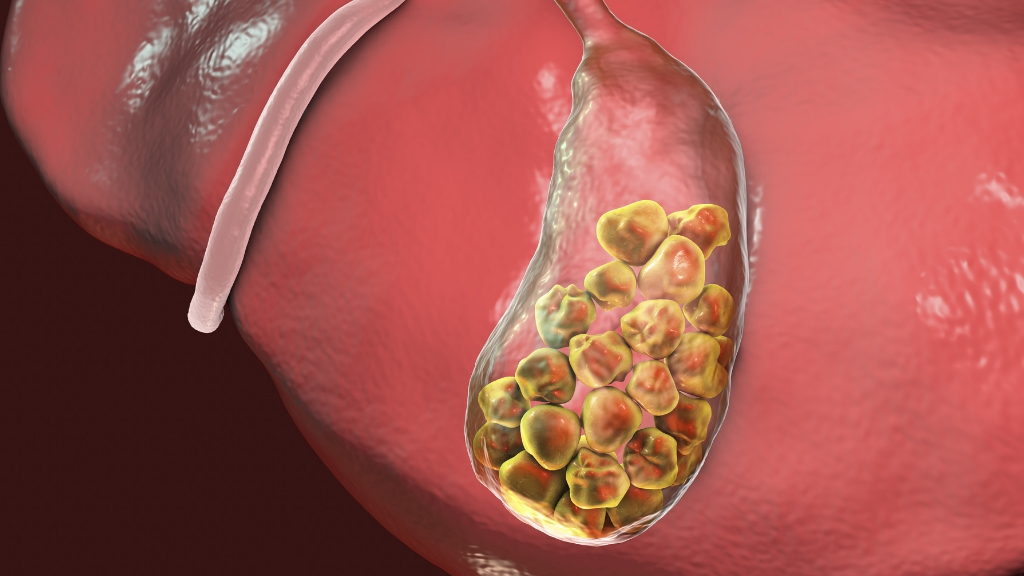
This type of pain typically lasts just a few hours but can have lingering pain that’s much less severe and can last up to a day. If you’ve just had a large or a fatty meal, this is a good sign that gallstones are at the heart of your pain.
Inflamed Gallbladder (Cholecystitis)
This is an inflammation that can have several different causes, including gallstones, excessive alcohol use, infections, or tumors.
The inflammation can cause pain and it can last anywhere from a few hours to a few days. If the inflammation is severe it might be complicated by an intestinal bacterial infection.
| Related: Fatty Liver Disease: What It Is and How to Fight It |
In severe cases, the gallbladder can rupture, and immediate surgical intervention is needed.
If you feel you have cholecystitis you should always seek professional medical advice.
Acalculous Biliary Pain
ABP is pain in the bile ducts that’s unrelated to gallstones as seen on magnetic imaging. This can be cause by problems emptying the gallbladder, sensitive bile ducts or gallstones that have already passed through or are simply too small to be seen on imaging scans. Surgery is often the solution to this pain.
AIDS-Related Narrowing of Bile Ducts
This autoimmune disease often triggers infections throughout the body. These infections can cause bile duct narrowing and resultant pain. Of course, this is something that only someone who is HIV-positive would have any potential need to worry about.
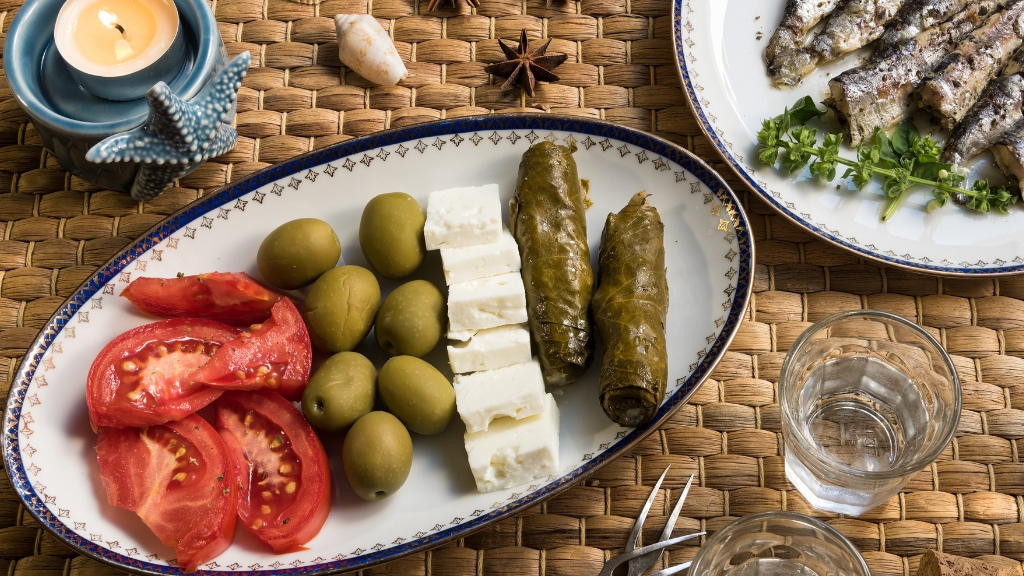
Primary Sclerosing Cholangitis
Another type of inflammation, but this one causes scarring and narrowing of the bile ducts. It’s unrelated to any other known condition. This condition is still a bit of a mystery and its cause isn’t entirely understood.
Gallbladder Symptoms
If you’re feeling pain in your upper abdominal region, either on the right side or in the center, the reason for your pain could be related to your gallbladder. In addition to pain, look for the following symptoms:
♦ Tenderness upon touch to the upper right part of your abdomen
♦ Pain in your back beneath the right shoulder blade
♦ After eating a very greasy or heavy meal do you have pain or does your pain worsen?
♦ Heartburn, indigestion, and excessive gas
♦ Chest pain that increases when you take a deep breath
Nausea
♦ Vomiting
♦ A low-grade to severe fever, sometimes accompanied by shaking and chills
♦ Light colored or unusually colored stool
♦ Dark urine
♦ Yellow, or jaundice, color to the skin and eyes
If you have a few of the above symptoms paired with pain in the gallbladder region, it’s best to seek medical treatment as prompt attention has the best outcomes.
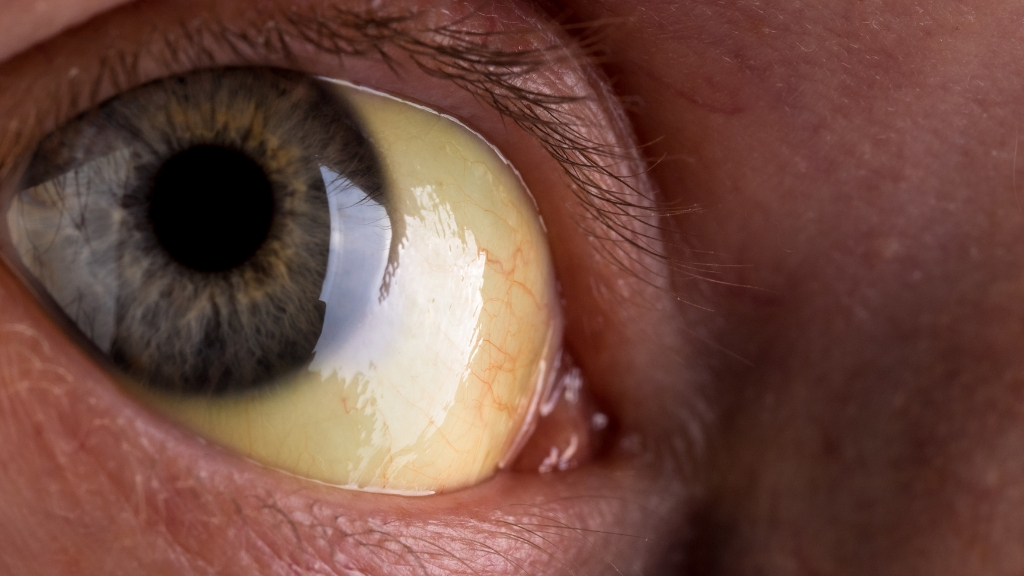
The Bottom Line
Your gallbladder plays an important role in digestion, especially the digestion of fats. It stores bile and releases it as needed so your body can digest foods efficiently and effectively.
There are a few different gallbladder problems that could be the root cause of your pain. Some of them will work themselves out while others require surgery and a cholecystectomy, or gallbladder removal. Your best bet is to see your healthcare provider to determine the severity of your gallbladder concerns.
It is possible to live without a gallbladder and to have few, if any, lifestyle changes. If you do have some changes, they will most likely be in regard to your diet and creating meal plans that are easier for you to digest.












